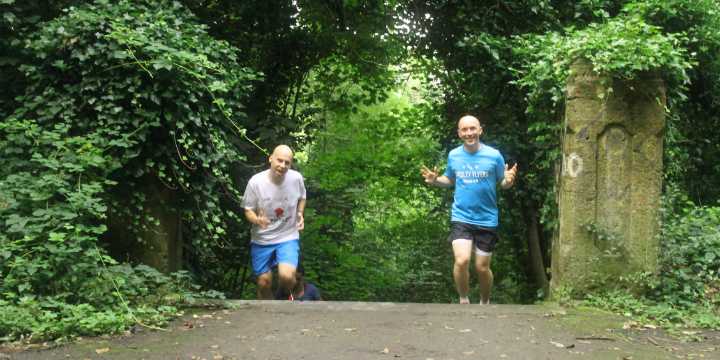
That First Push
Running in Leeds is an absolute joy for a beginner, compared to Sheffield where I’m originally from. The lack of endless hills (in parts) is fantastic motivation for someone who isn’t an established runner, knowing there isn’t an uphill slog towards the end of your run which can make you think “I’ll have another brew, where’s the biscuit tin?”.
Before you start running, there are a few things you need to take into consideration, one being the timing of your run. Now this doesn’t mean the length of time you are running for, but the time of day you are running. I tend to run in the evenings due to the fact my route crosses a busy road.
Once you have decided to give running a go, it’s time to buy the appropriate attire. If you are a day runner, there is no real need to buy luminous jackets etc, whereas if you enjoy or prefer running in the evening/early morning (particularly on those winter days) then these are essential items as it keeps you visible on the roads and the jackets can be surprisingly warm. Other items you may consider buying are under shorts/leggings and a skin tight under vest/top as these keep you very warm, allow the body to breath and prevent any unwanted chafing which can set you back a few days on your running plan.
Getting the correct shoes for running is vitally important. You don’t want to run in a pair of Nike Air Max or Adidas Gazelles if you are serious about running. They just don’t provide enough support to your feet for running and generally wear out quickly. Any well represented sports shop will provide information to you about the type of shoes you want. I run in a pair of Reeboks as they provide extra protection to my ankles (I have damaged the ligaments a few times). Mentioning your past injuries can help the shop worker choose the best type of shoes to run in. Obviously, everything comes down to own personal preference and comfort.
Once you have your attire and timing, you are ready to plan a route. The single most important piece of information I can pass onto all new runners is NEVER run too hard and long at first. Devise a route which enables you to add to it, slowly increasing the length and time you are running over a period of time. Speaking from experience, you do not want to go for a long distance straight away as you can risk injury, or more embarrassingly, falling over for lack of energy to even pick up your feet (yes that happened to me…never again!).
A good start up distance is around 2KM, which is just roughly over 1 mile. This length allows you to get your second wind and enables you to start to get into a rhythm for the duration of the run, plus you can get a feel for how your body is managing with the distance. A shorter duration at first means you aren’t pushing your body too hard, enabling you to be able to continue with day to day life without being stuck to the sofa for the rest of the day.
Once you have finished your run, never sit down. Keep moving around, breathing deeply enabling your body to slowly recover. Sitting down straight away can build up lactic acid in your muscles, which can cause problems the following day. Rehydrate with a glass of cordial and a pinch of salt. The cordial replenishes sugars, giving you a little boost of energy and the salt replaces lost salts which were sweated out during the run (as recommended by my friend, and current GB athlete Laura Weightman).
Running is hard work, and results won’t show after a few days, however, after a week or two, you will finish your run thinking “I’ve still got a bit left in the tank”. That’s when you know you can increase your distance and you are getting fitter. Never give up, good things come to those who wait!
Yes, the irony, running up stairs, not recommended for a complete beginner BUT… this will be you in a couple of months time, trust us!